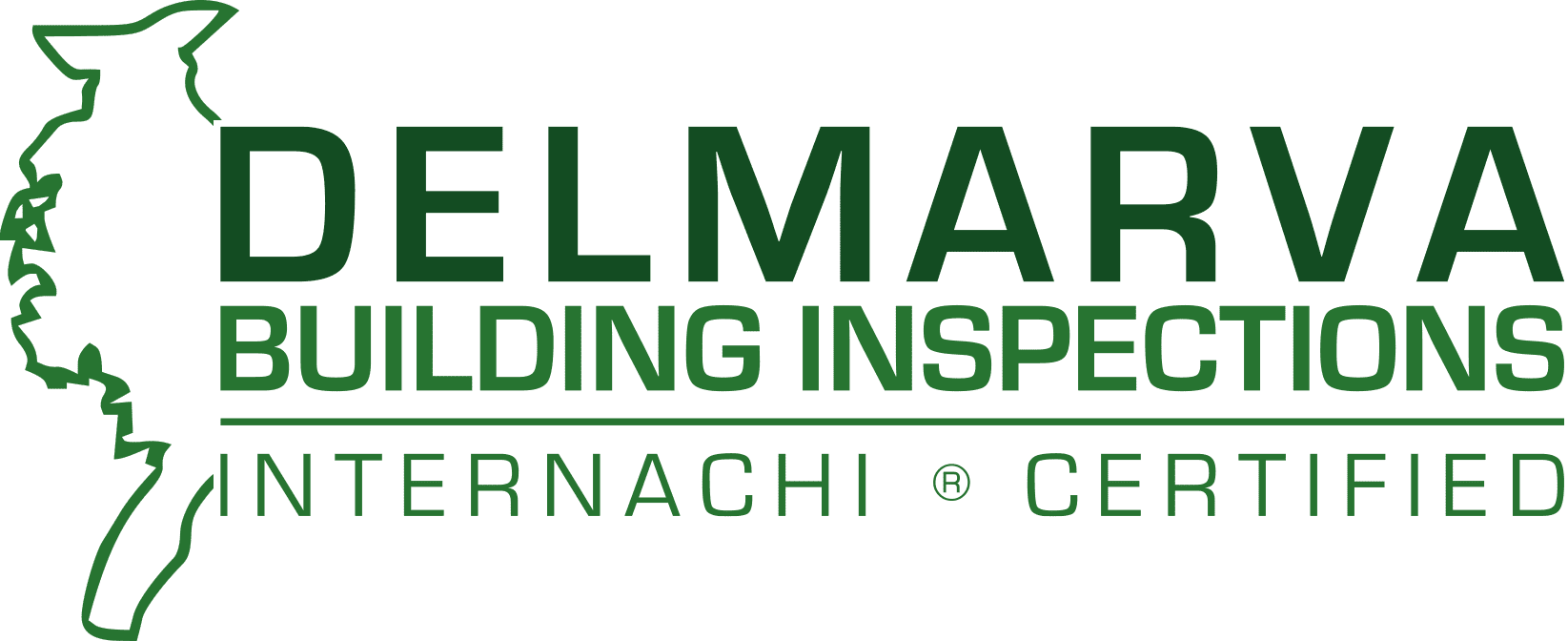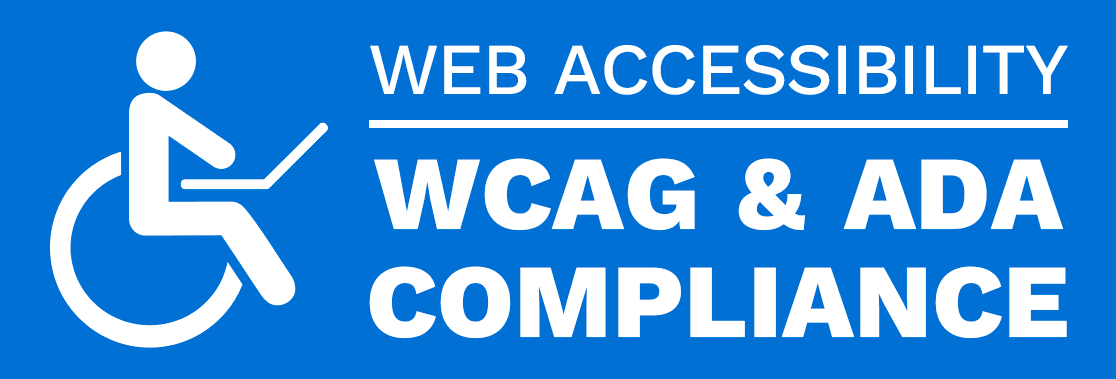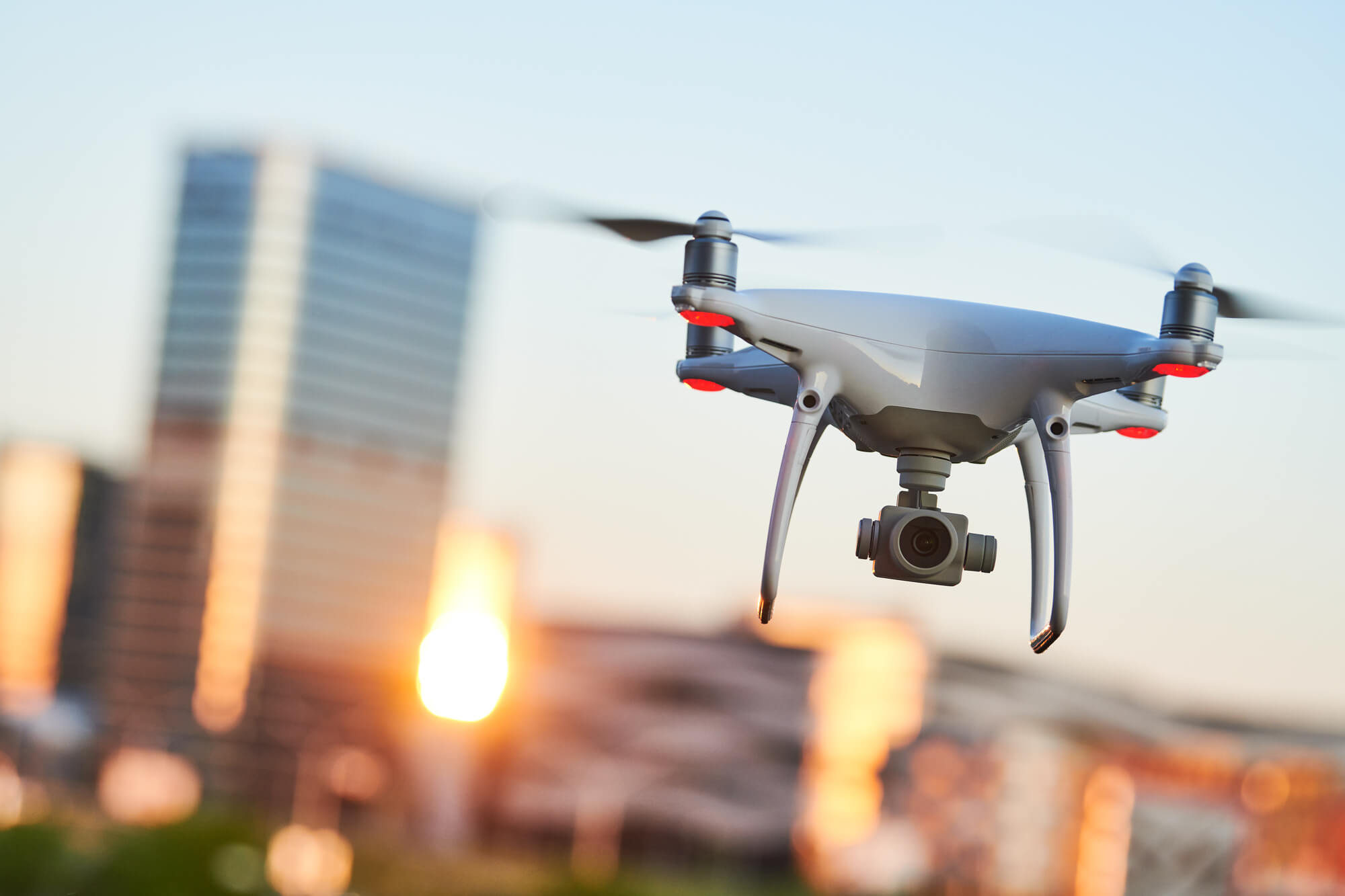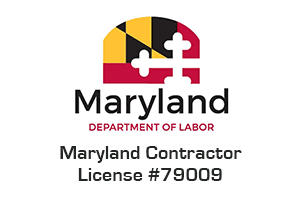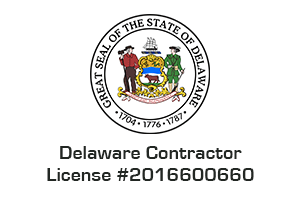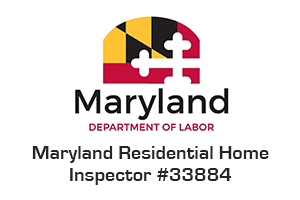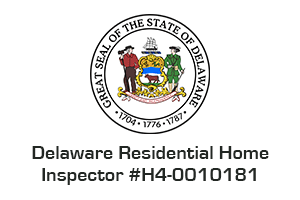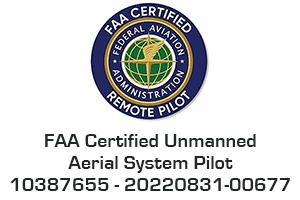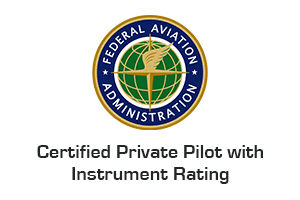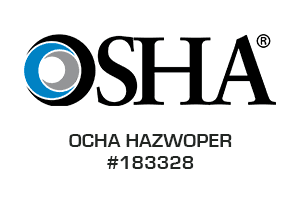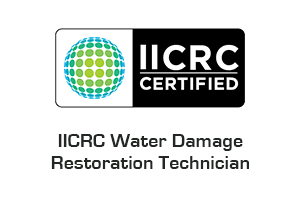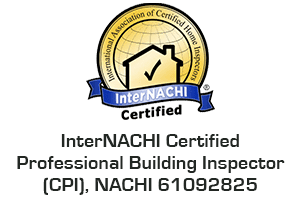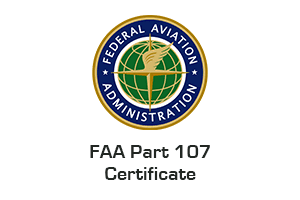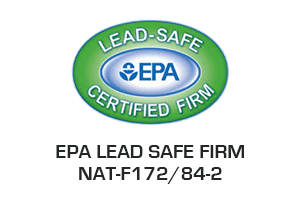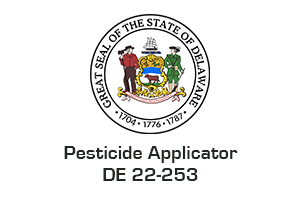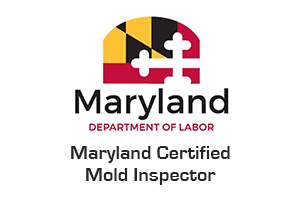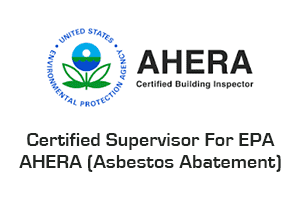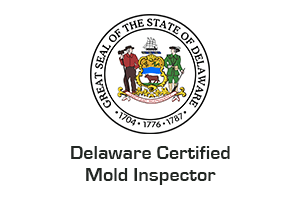Understanding the Significance of Visual Inspections
A visual inspection entails a comprehensive examination of an asset’s various components, relying solely on unaided human vision. In numerous cases, drone inspections facilitate such visual assessments, with the drone’s camera as the surrogate for human eyes. Drones capture visual data during their inspections, which is subsequently reviewed in detail by inspectors. Although some immediate evaluation may occur, most inspection work transpires post-data collection.
Consider, for instance, the examination of a cellular tower. An inspector will scale the entire structure to identify areas needing maintenance. Internal inspections, such as those within boilers or pressure vessels, necessitate using ropes or scaffolding to access and visually inspect every aspect of the equipment. Visual inspections constitute a critical facet of asset management methodologies. It is far more cost-effective to repair a few structure components, such as rivets on a tower than to construct an entirely new one.
Nevertheless, visual inspections are not solely about cost savings; they are indispensable for safeguarding lives. In the context of pressure vessels, visual inspections can uncover potential issues that, if neglected, might result in life-threatening dangers. A failure to maintain such vessels adequately could lead to catastrophic explosions, endangering the lives of those in proximity.
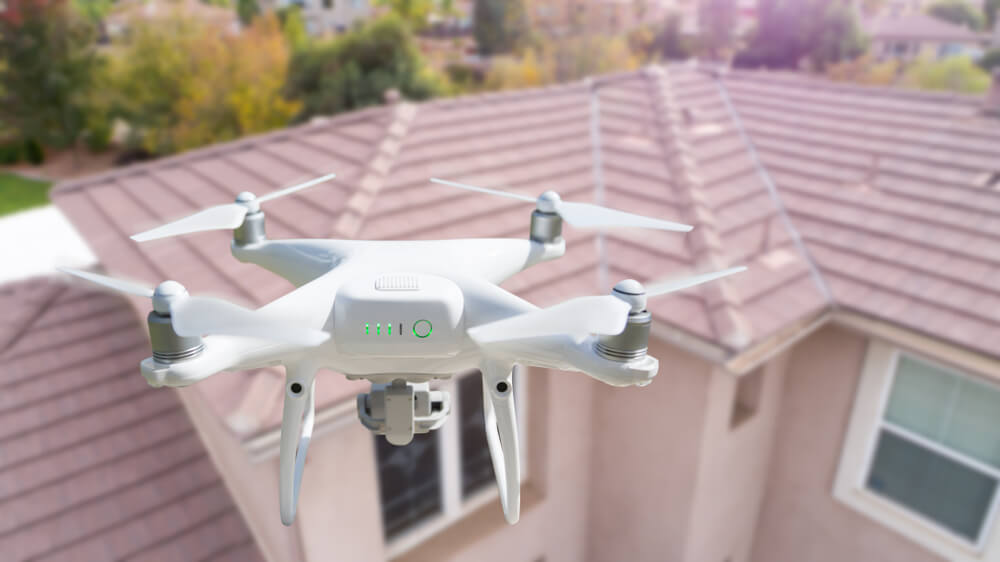
Diverse Approaches to Drone Inspections: Beyond the Visual Aspect
It’s important to note that while many drone inspections primarily adopt a visual approach, drones equipped with specialized sensors serve various inspection purposes. Inspection tasks can utilize any sensor compatible with an uncrewed aerial vehicle (UAV). For instance, in agriculture, we outfit drones with multispectral sensors to capture crop images across distinct spectral bands. In HVAC inspections, some inspectors attach thermal cameras to drones to pinpoint heat leakage from buildings.
Unveiling the Benefits of Drone Inspections
Drone inspections offer several advantages, enhancing safety and reducing costs. First and foremost, they improve safety by preventing the need for inspectors to enter potentially unsafe environments, like scaling tall structures or erecting scaffolding. Moreover, drone inspections can lead to substantial cost savings. Inspections represent just the initial phase of the maintenance process. In reality, inspections often reveal no issues necessitating repair; it is not uncommon for a mere 10-20% of inspections to identify problems demanding attention.
In cases where maintenance is necessary, repairs require human presence, as drones still need to be capable of performing complex maintenance operations. Nevertheless, 80-90% of the time, inspections do not uncover maintenance needs. Consequently, a drone can handle the entire maintenance process 80-90% of the time. The significance of this is underscored by the excessive costs and time associated with constructing scaffolding for manual inspections. By erecting scaffolding exclusively when maintenance is confirmed, companies can reduce maintenance expenditures by 80-90%, yielding substantial savings, often reaching tens of thousands, if not hundreds of thousands, of dollars.
Drone Inspections Could Lead to Substantial Reductions in Liability Insurance
Moreover, scaffolding construction entails time-consuming processes. When conducting manual inspections, scaffold assembly and disassembly typically require a full day, causing significant downtime for the inspected asset. This downtime translates to potential revenue loss for the company. Ultimately, whether scaffolding is needed or not, the reduction of an inspector’s exposure to hazardous situations by 80-90% can lead to substantial reductions in liability insurance costs.
Now that we have highlighted how drone inspections enhance safety and reduce costs, let’s enumerate their primary benefits:
Enhanced Safety:
Traditionally, building inspections have often entailed precarious tasks, such as accessing hard-to-reach areas or scrutinizing roofs and elevated structure sections. Drones have emerged as a game-changer, offering a safe and efficient alternative for inspectors to reach and examine these areas without jeopardizing their well-being.
Heightened Efficiency:
Drones have the remarkable capacity to collect high-quality data and images of buildings swiftly, significantly reducing the time required to complete inspections compared to conventional methods. The swift pace of inspections also translates into substantial savings of both time and resources, ultimately benefiting both inspectors and clients.
Elevated Accuracy:
Drones armed with advanced cameras and sensors can capture intricate details of building structures, enabling the identification of potential issues and concerns. Sophisticated software and algorithms thoroughly analyze the collected data, which aids in the precise identification of areas requiring attention and potential safety hazards.
Cost Reduction:
Drones not only expedite the inspection process but also curtail the associated expenses. This economic advantage is especially beneficial for extensive or complex buildings, where conventional inspections can be laborious and costly. By minimizing the resources required, drones contribute significantly to reducing inspection costs.
Advanced-Data Analysis:
With data gathered through drones, inspectors now have access to a comprehensive and detailed view of buildings that were previously unattainable. Cutting-edge software tools can scrutinize this data, allowing for precise assessments of building conditions and potential problems. The marriage of drone technology and sophisticated data analysis has elevated the standards of building inspections.
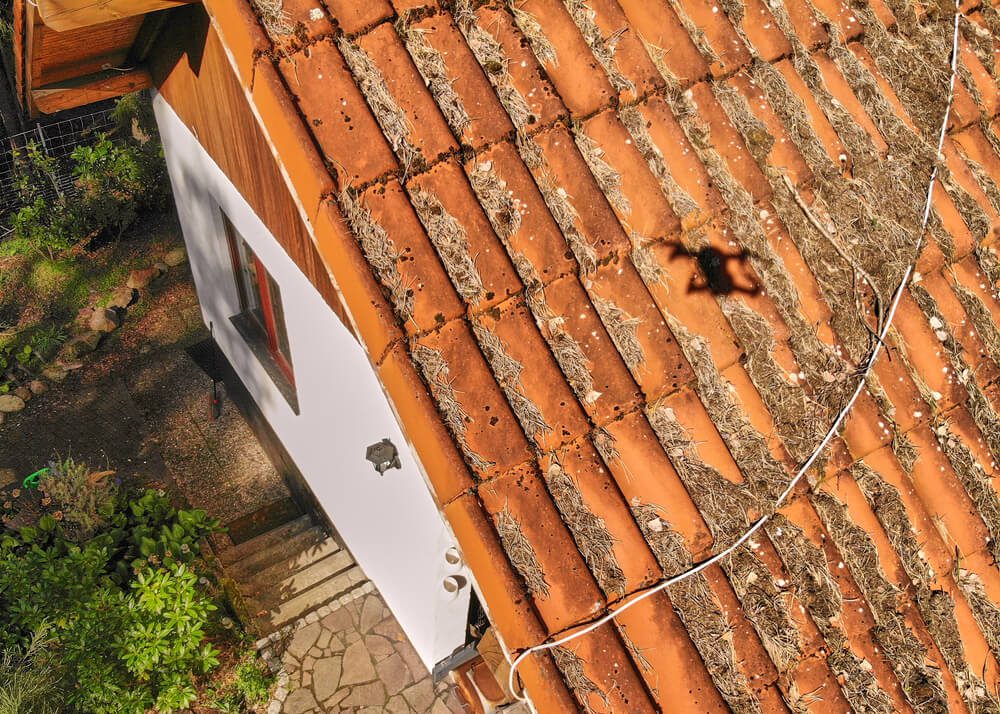
Drones as Interior Building Inspection Tools
Drones can inspect the interiors and exteriors of buildings. The feasibility of this application is contingent on the building’s size, design, and the type of drone employed. Some drones are specifically engineered for indoor use, excelling in navigating through narrow corridors, rooms, and confined spaces like ductwork and ventilation systems. These drones, equipped with cameras, sensors, and specialized equipment, are adept at capturing high-quality images and videos for inspection purposes.
While drones are remarkably competent at inspecting a building’s exterior, such as roofs, walls, and other structural components, they apply to many areas. These versatile machines can capture intricate details, enabling inspectors to identify potential problems and concerns within a building’s interior. Drones offer an efficient and cost-effective approach to gathering information, provided the operator is trained and certified, and they meticulously observe all local and federal regulations.
Upgrading Building Inspections with Drone Technology
Our cutting-edge drone inspection services provide a valuable resource for capturing comprehensive images of various assets, including the roofs of residential and commercial properties. This technology allows you to assess the building’s condition, identify potential issues like cracks and leaks, and inspect components such as vents, solar panels, or HVAC units on the rooftop. Moreover, rooftop photography and mapping can significantly augment the information available. For example, a single photograph can encompass multiple rooftops, and our drone inspection services can also provide precise roof measurements with remarkable detail, boasting a resolution of up to 0.7 inches per pixel.
Our team of professionals expertly pilot the drone around the building’s exterior and surroundings. This approach offers a comprehensive view of the property’s accurate dimensions, its proximity to neighboring homes or structures, and its relationship to nearby points of interest. Buyers and sellers alike can gain a deeper understanding of the property’s architectural features and its immediate surroundings through this enhanced perspective.
Drone Operation Regulations for Home and Building Inspections: Do You Need a License?
The question of whether a license is required to operate a drone for home and building inspections is contingent on the specific regulations of your country or region. Different localities may impose varying rules about using drones in the context of assessments. In several counties and states, individuals must acquire a license for drone operation, even when they do not conduct inspections for monetary compensation.
In compliance with local laws and regulations, a thorough investigation of the requisites for drone use in your area is necessary. Depending on your location, you may be mandated to secure a remote pilot license or certification. Furthermore, registering your drone with the pertinent authorities may be necessary. Adherence to specific operational rules and guidelines, including restrictions on altitude and airspace usage, is of paramount importance. Staying updated with the most current information by consulting local authorities or a licensed drone pilot is crucial to understanding the rules and requirements specific to your situation.
Mandatory Licensing and Certification in Maryland and Delaware
In both Maryland and Delaware, the operation of drones for commercial purposes necessitates the acquisition of a license or certification. The Federal Aviation Administration (FAA) orders that all commercial drone operators acquire a Remote Pilot Certificate by passing the FAA Part 107 exam.
For recreational drone usage, licensing is not obligatory. Instead, adherence to the FAA’s recreational guidelines is sufficient. These guidelines encompass flying drones for recreational purposes and not for financial gain, staying below the 400-foot altitude limit, and maintaining a visual line of sight with the drone. It is advisable to consult local and state authorities to ascertain if any additional requirements or restrictions exist for drone operation in your area.
Revolutionizing Building Inspections with Drones: Ensuring Expertise and Reliability
Drones have revolutionized the landscape of building inspections, not only in terms of exterior assessments but also for interior investigations, making them a valuable asset in the quest for efficient and comprehensive building evaluations. When seeking a building inspection, it’s essential to ensure that the chosen drone operator is well-versed in the technology and the regulations governing its usage. For reliable building inspections, consider enlisting the services of certified professionals such as Delmarva Inspections Group, an FAA Certified Unmanned Aerial System Pilot with a private pilot’s license and instrument rating. Trust Delmarva Inspections Group to have the expertise to meet your inspection needs!
